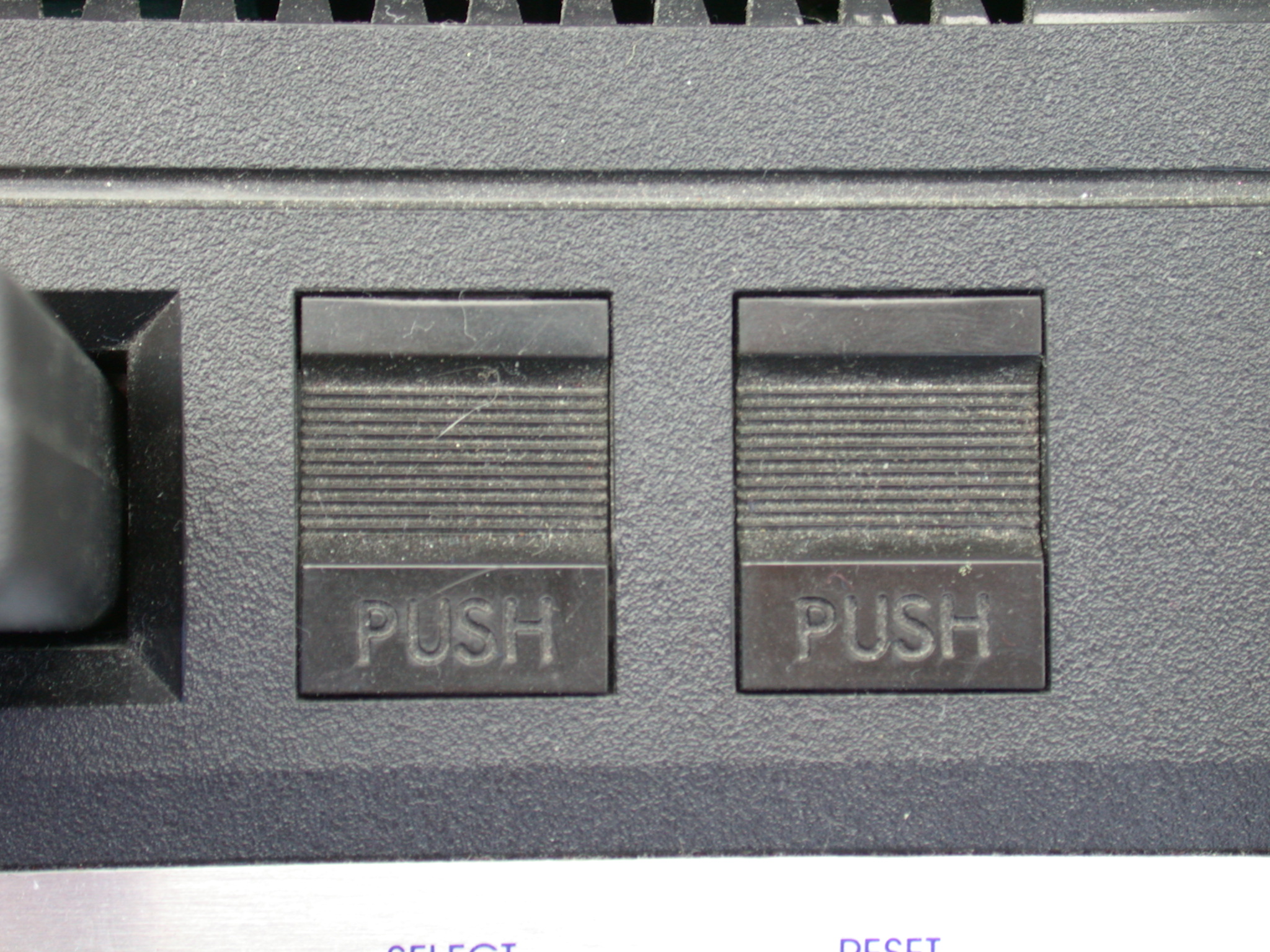Introduction:
Poker is a vintage card game that requires a combination of ability, strategy, and chance. A vital facet of the game is gambling, which adds a thrilling factor and that can substantially influence the outcome of a hand. This report aims to provide a comprehensive summary of poker wagering, including key strategies, tips, and best practices to enhance players' game play while
increasing their chances of winning.
Summary of
Poker Betting:
Poker gambling is the work of putting bets through the different phases of a hand. It is usually initiated by the player left of this dealer, together with betting continues clockwise round the dining table. The primary function of betting in poker is to win the pot, containing all the chips or
money wagered by the players. The dimensions and timing of wagers are very important in influencing opponents' choices and fundamentally identifying the outcome of a hand.
Approaches for Poker Betting:
1. give testing: Before placing a wager, you should analyze the strength of your hand. Evaluate factors such as the quality of your cards, their particular potential to improve, and their particular relative strength when compared to neighborhood cards (in texas holdem). Adjust your gambling properly, putting larger wagers with more powerful fingers and smaller bets with limited holdings.
2. Position: Consider your seating place in the dining table whenever determining exactly how much to bet. Becoming in a late position lets you gather extra information regarding your opponents' gambling patterns, enabling you to make much more well-informed choices. Aggressive betting and bluffing are often more efficient in belated opportunities, as opponents have previously expressed their opinions in the strength of their hands.
3. Bet Sizing: precisely sizing your wagers is crucial. Avoid making predictable wagers or always wagering similar amount, as observant opponents can take advantage of this. Differ your bet sizes on the basis of the power of one's hand, adjusting it to achieve a balance between extracting value and protecting against losses. In addition, look at the cooking pot odds therefore the potential of one's hand to improve when choosing wager size.
Guidelines and Best Practices:
1. learning Opponents: Pay close attention to the gambling habits, body language, and spoken cues of the opponents. These could supply important insights into their holdings and help you make better choices. Search for any deviations from their standard behavior, that might show weakness or power.
2. Bluffing: Bluffing is an essential element of poker gambling. The objective will be make opponents believe you have a stronger hand than you actually do. Bluff selectively and give consideration to factors including the board texture, your table picture, along with your opponents' tendencies. Remember, effective bluffing calls for a beneficial knowledge of your opponents' playing styles.
3. Bankroll Management: Effective bankroll management is vital to sustaining long-term success in poker. Determine a budget for your poker sessions and steer clear of placing wagers away from means. Develop control and get away from chasing losses or making impulsive large bets might compromise your bankroll.
Conclusion:
Poker betting is a multifaceted aspect of the online game that will require ability, method, and observation. By applying the strategies mentioned above and staying with advised guidelines and best techniques, people can boost their wagering method and increase their chances of success. Keep in mind that practice, knowledge, and continuous learning are important for perfecting the skill of poker wagering.


